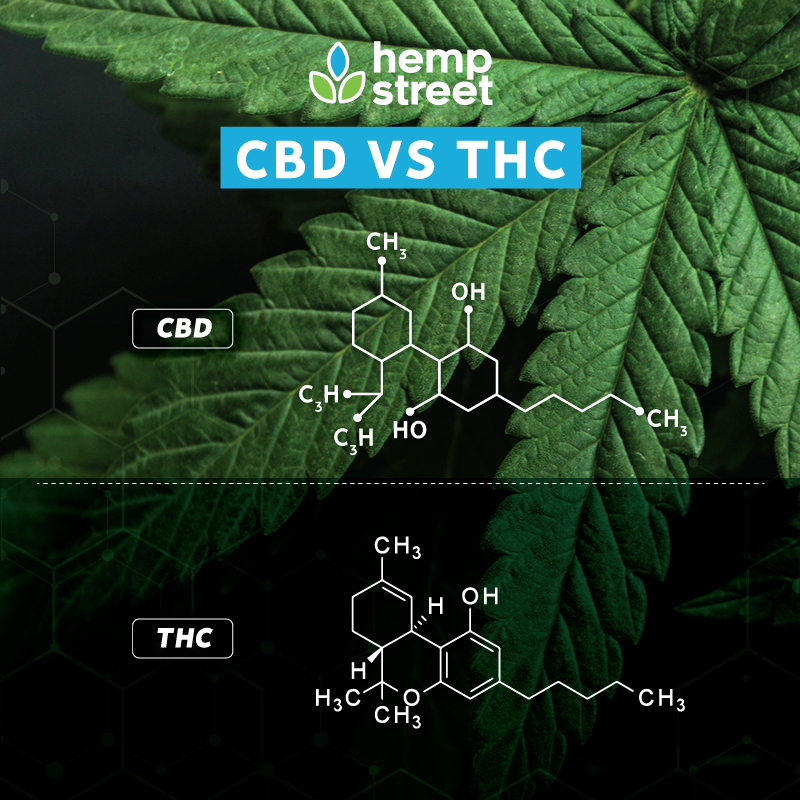THC, an active constituent of cannabis, primarily responsible for the psychoactive effect of cannabis, is one of the two distinctly identified cannabinoids present in cannabis. Cannabidiol, or CBD, the only other cannabinoid, identified and studied, is where the founding stone of medical cannabis lies. With passing years, a surge is seen in the consumption of CBD-dominant strains. The push factor behind this is the extraordinary medicinal properties of CBD, used for treatment of prevalent third world disorders such as anxiety, depression, PTSD, as well as for seizures, pain relief and various other syndromes such as Dravet’s syndromes, among several others. When it comes to these syndromes, regular medications have not been able to provide as much relief. These medicinal benefits, made the process of cannabis legalisation easier. However, keeping in mind the ‘entourage effect’ of cannabis, which signifies the advantage of both, THC and CBD, being present in substantial amount in cannabis, equally. The prolonged use of THC, mostly as recreational cannabis, leads to anxiety attacks, paranoia and short-term memory impairment. Through this article, we look at the protective gear extended by CBD and how it works, to counteract these shortcomings of THC use.
Working of CBD vs THC
THC generates its effects in the body by binding to CB1 receptors, that are predominantly present in the brain and the limbic system, which constitutes the amygdala, hippocampus, hypothalamus, i.e, the centre and both sides of the thamlamus. This is essentially why THC is responsible for the sensory perceptions and the psychoactive effects, such as cognitive thinking, memory, sleep and anxiety levels. CBD, on the other hand, binds mainly to CB2 receptors and regulates the immune system. The interesting part lies in ways in which CBD binds to CB1 receptors, as well.
Ways in which CBD interacts with THC
- Pharmacokinetic mechanism: The mechanism responsible for restricting the function of the CYP2C9 enzyme which metabolises THC, thereby enhancing its effects. This process increases the level of THC in the blood and is thus, not helpful for counteracting the side-effects of THC.
- Indirect pharmacodynamics: Through this mechanism, CBD hinders the potential of THC, which stimulates the role of extracellular signal regulated kinase(ERK) in brain’s hippocampus responsible for eliciting the neuropsychiatric effects. This result has been arrived at by conducting the experiment on rats and examining its outcomes. The same has been published in the Journal of Neorscience which includes the mention of this function of CBD as a method of prevention of the side-effects of THC such as anxiety and panic attacks and also contributes towards rescinding the addictive nature of THC, upon regular use. This mechanism is achieved when CBD binds to a different receptor as THC.
- Direct pharmacodynamics: As a negative allosteric modulator, CBD binds to the same receptors as THC, i.e, CB1 receptors, albeit on a different site and reduces the activation of these receptors, thereby, diminishing its effects. In this process, the binding of CBD to CB1 receptors weakens the bond between THC and CB1 receptors, by altering the shape of the binding site.
As we saw, in two of the above three ways, CBD interaction with THC, results in CBD being efficient in repealing the negative effects of THC. Thus, the effect of co-adminstering CBD and THC depends on the molecular mechanism in which they interact. It is also important to pay attention to and ascertain the composition ratio of CBD and THC in cannabis strains, before buying from a cannabis dispensary. Medical Mass, with CBD:THC ratio being 1:1, is an example of balanced strain constituted of 60% indica and 40% sativa genetics, as CBD balances the neurotoxic effects of THC, at the same time giving the user an allusive feel of calm and euphoria.
Word from HempStreet
The dosage of cannabis consumed, the duration of period for which it was consumed, the method in which it was consumed, collectively impact the efficiency of CBD in counteracting the side-effects of THC. It is thus, vital to observe and understand these details and hence, the need of the hour is to create more studies and conduct more experiments and trials.




